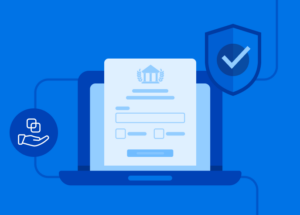When it comes to digital forms, every field, every step, and every detail matters. In our recent webinar presented in partnership with the American Marketing Association, we explored how thoughtful form optimization can transform the way organizations collect, manage, and act on data.
The discussion wasn’t just about building forms — it was about creating streamlined, user-friendly experiences that drive higher completion rates, better data quality, and improved outcomes. You can watch the presentation on demand here, or read on for a re-cap of what was covered.
Why Form Optimization Matters
A form that’s too long, confusing, or poorly designed can quickly lead to drop-offs and missed opportunities. By contrast, an optimized form reduces friction, builds trust, and captures the right information at the right time. That means better user engagement, cleaner data for your systems, and more confident decision-making across your organization.
Important: Every abandoned form is more than just a lost submission — it’s lost data, lost insights, and lost impact.
Key Takeaways from the Webinar
The webinar highlighted not only why form optimization is critical but also how to approach it in practical, sustainable ways. From designing with the end-user in mind to leveraging analytics for continuous improvement, the conversation revealed clear strategies any organization can use to boost form performance and data quality.
Here are some of the biggest takeaways about form optimization:
User Experience Comes First
An optimized form feels natural to complete. That means asking only the most essential questions, organizing them logically, and avoiding unnecessary complexity.
Data Quality Is the Real Goal
Cleaner forms don’t just benefit your respondents — they protect your organization from the downstream effects of incomplete, inconsistent, or duplicate data.
Analytics Drive Improvement
Measuring how users interact with your forms gives you valuable insight into where they pause, where they abandon, and what adjustments can improve conversion.
Continuous Refinement Is Essential
Form optimization isn’t a one-time project. It’s an ongoing process of testing, learning, and adjusting to meet evolving user expectations.
Pro Tip: Break up long or complex forms into multiple steps or sections. This small change can significantly reduce abandonment and make the experience more manageable for your users.
Moving Forward with Smarter Forms
Whether you’re using forms for applications, registrations, surveys, or data collection, optimization is the key to ensuring they work harder for you. By focusing on the user experience, maintaining clean data, and embracing continuous improvement, organizations can unlock the true value of every form submission and avoid form drop-offs.
Ready to take your forms to the next level? Download the Form Optimization Report to dive deeper into strategies and insights for smarter data collection.
